By Natalie Meyer of Tokyoesque
Tokyoesque is a market expansion agency specializing in helping businesses expand into and out of Japan via market research, business support and localization.
It is well known that the Dutch were amongst the first Western influences in Japan, with over 400 years of history between the two countries. Economically, there are many links. The Netherlands, for example, is one of the largest bases in Europe for Japanese businesses overseas.
There’s also a surprising number of similarities between Japanese and Dutch consumers when it comes to the following three recent trends. For businesses expanding into Japan or the Netherlands, an awareness of these trends can help resonate with consumers.
Increasing frugality
Let’s start with spending habits. Japanese consumption has been in a known slump for decades, shaped by economic and cultural factors. Dutch consumption habits have traditionally been impacted by cultural norms, and this is getting more relevant as costs rise.
It is well known that the Dutch were amongst the first Western influences in Japan, with over 400 years of history between the two countries. Economically, there are many links. The Netherlands, for example, is one of the largest bases in Europe for Japanese businesses overseas.
Natalie Meyer of Tokyoesque
The Dutch have long been known for their reluctance to spend money, which doesn’t necessarily mean they save money. With an emphasis on the importance of life balance, money is not to be spent extravagantly but it is also not to be saved pointlessly. Lack of luxury spending is thought to stem from religious values in the Netherlands, which largely reject materialism. And of course there is the strong Dutch attitude of doe normaal ‘be normal’ – not standing out or doing anything crazy.
This of course has interesting parallels to Japanese culture, although these attitudes show up differently in each country. In the Netherlands, luxury goods are not consumed for the sake of them; it is better to be normal, to avoid excess. It is not strange, and in fact lauded, when members of the royal family or the Dutch Prime Minister are spotted on their cycling commutes, just like any other ‘normal’ person. In Japan, luxury goods are not tied in with an idea of being different; in fact, you might be able to argue that buying luxury further cements one’s status of fitting in.
Although the Japanese market is still huge, contemporary Japanese consumers pose the economic problem of not spending enough (particularly in an aging society). Yet in Japan, as opposed to the Netherlands, being particularly put-together is important, and there are above-average expectations of quality amongst consumers. This led to a huge uptake in consumption of luxury goods post-WW2 (commonly seen amongst rapidly developing societies).
But the new Japanese tendency towards frugality has largely been due to economic slowdown and stagnating wages over the years, despite, for example, economic attempts to urge consumption, and companies announcing plans to increase wages.
The result is the current young Satori generation which is moving away from materialism – becoming more like the Dutch.
Japan of course also has a traditional culture of frugality (see the Japanese minimalist movement, inspired in part by the Zen Buddhist tradition). Shops like MUJI, which have been expanding abroad successfully, are arguably within both trends – offering high-quality goods at low price points, stemming not only from the Japanese cultural tendency to look after items to avoid wastefulness, but also from this new frugal trend.
Dutch consumers are also feeling the strain on their wallets, with increasing food prices, high housing costs, energy costs and wage stagnation. The Netherlands’ household spending increased by 9.9% YoY in Dec 2022.
Increasing consumer consciousness
Interestingly, both Japan and the Netherlands share a tendency of lowered consciousness towards sustainability – with both Dutch and Japanese sitting lower than the global average when asked if they would spend extra for sustainable products.
There are signs of change, however. Spending on “sustainable food” increased in the Netherlands by 20% in 2020, and Dutch consumers willing to spend more money for sustainably produced products increased from <30% in 2014 to 43% in 2020. While this is still less than the global average, there has been significant improvement. Compare this to Japan: according to Santander Trade, half of Japanese consumers considered themselves more environmentally conscious in 2022 than they were in 2021, although this was accompanied by an unwillingness to pay extra for sustainable alternatives.
Japan’s Gen-Z shows a marked increase in interest in buying from sustainable brands, while simultaneously ranking relatively low in “high commitment” to sustainability issues. Furthermore, according to results published in the Journal for Sustainable Development in 2021, Japanese Gen-Z respondents showed a willingness to sacrifice higher-paying positions in order to opt for a workplace with high commitments to sustainability. While Gen-Z shows distinctly less interest in politics than previous generations, it still shows high commitment to social issues. There is also a marked increase in support for initiatives regarding sexual harassment, LGBTQ liberation and racial discrimination.
Consumer consciousness arguably feeds into the trend towards more sustainability and wellness-focused building developments. Building innovation illustrates this well. Mitsui Fudosan, Mitsubishi Jusho, Mori and Shimizu are all large Japanese property companies pushing these trends.
Compare this to the Netherlands, where a long history of needing to innovate in order to actually live on Dutch land (which would otherwise be buried underwater if not for their dykes and polder mills) is easily a contributing factor to initiatives for sustainable property, such as the Schoonschip Amsterdam housing development and office buildings like The Edge.
Increasing adoption of fintech and cashless solutions
Dutch so-called frugality contributes to low usage of credit cards and credit in general, but this is not the only reason for a financial system that is intriguingly ‘Galapagos-like’, similar to Japan.
Both Japan and the Netherlands have financial solutions unique to their own market. The Dutch outpaced its neighbors early on in 2005 by developing iDEAL, a fintech solution enabling consumers to make online purchases through direct transfer from their bank, cutting out the middleman and simplifying online retail. This method is so mainstream that it surpasses credit card transactions by over 10 times.
Notably, many places in the Netherlands do not accept credit cards at all, and cash is almost never used; but Dutch debit cards will virtually always be accepted. It might look like a lack of ‘keeping up with the times’ that even today this system is still in use, but in fact it’s a reflection of an early push to innovate in the financial sector.
This is strikingly comparable to the Japanese system, where, for example, mobile payments have been possible since as early as 2004 and ability to pay bills at convenience stores has been typical for many years.
Both markets showcased innovation on their own terms, developed earlier than other parts of the world and led to different ways of functioning, incompatible with outside markets.
COVID-19 did indeed have a positive effect on the spread of cashless payment in Japan, being seen as a viable method of reducing virus transmission. This was not always through traditional card methods however – mobile pay is highly popular in Japan (including apps such as PayPay), and at times can be used at places that do not even accept card; this has been a trend for over two decades, and exists alongside a typical Japanese consumer habit to pay in cash. Suica is another cashless option that has been popular for years. As a prepaid cash card, it is commonly used for travel and shopping at select retailers.
Contactless options outside of card usage are trending in both countries, although in different ways. The Netherlands is a leader in terms of its adoption of fintech (including contactless and card payment), with cashless and contactless options proving increasingly popular. It is increasingly adopting smartwatch and phone payment.
Consumer attitudes towards paying for leisure also show interesting parallels. The mobile app Tikkie helps people “go Dutch” – a method of splitting the bill at restaurants (to the point that many joke that this would be done on a first date). It makes for simple interpersonal payments, just like in Japan, where the popularity of betsubetsu payment is ubiquitous (although sempai-kohai treating mentality does not exist at all in the Netherlands).
The “buy now, pay later” philosophy is also common in the Netherlands, for example, with bills being sent after the service in question, similar to Japan where paying for goods upon arrival (rather than upon purchase) is an option, as well as no-deposit reservations. Both markets display this implicit trust that consumers will make good on what they’ve offered.
“Buy now, pay later” services are gaining traction in Japan as well, with services such as PayPay’s “PayPay Atobarai” increasing in number in recent years.
Finally, the fintech industry is being pushed in both markets. In the Netherlands, we find successful startups like Fourthline and Bunq; and in Tokyo, Koike Yuriko has been vocal about revamping Tokyo into a fintech City.
While the Netherlands and Japan have strongly different cultures, there are some startling similarities between their consumers. Being aware of shared trends like these can give businesses a great avenue to target consumers, resonate more impactfully with them and stay on top of valuable opportunities.
As a market expansion agency, Tokyoesque looks to encourage this kind of global awareness through our mission: to connect people, businesses and cultures.








